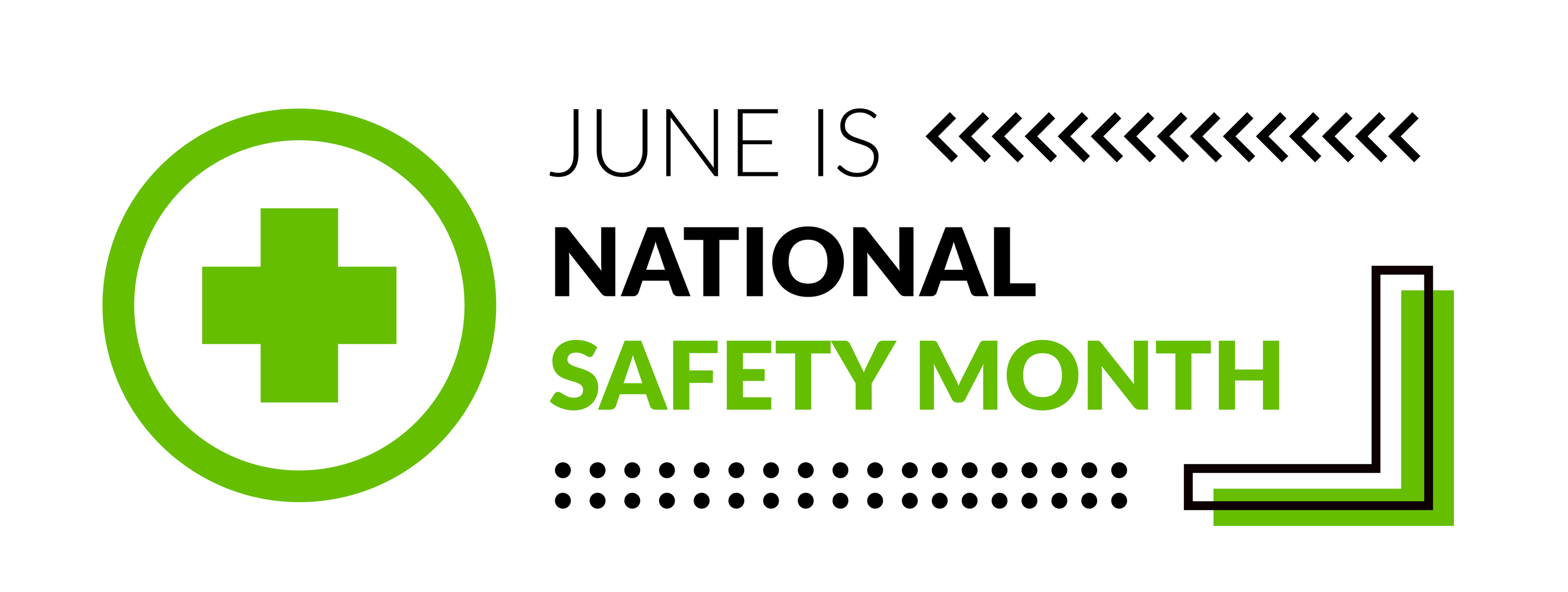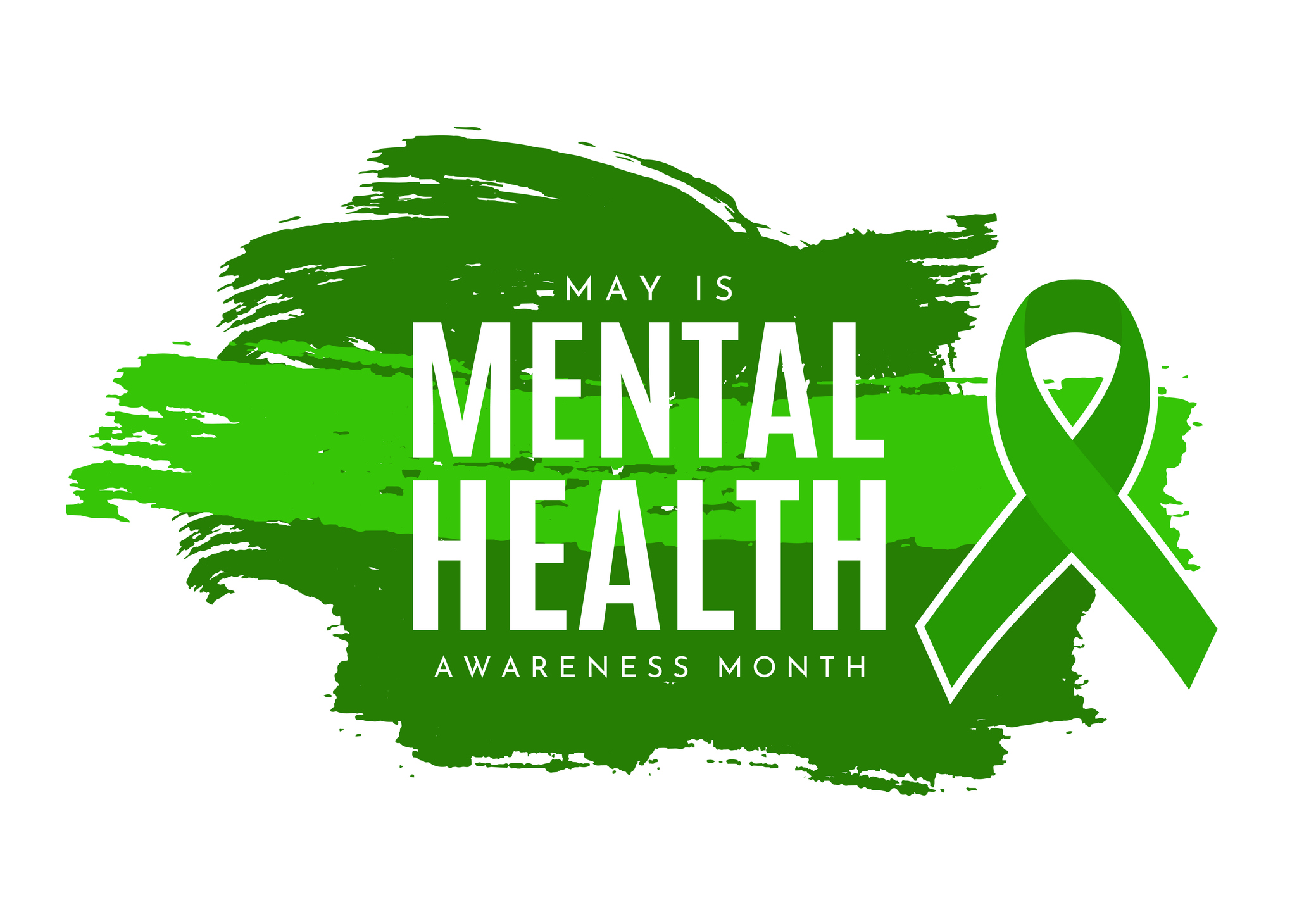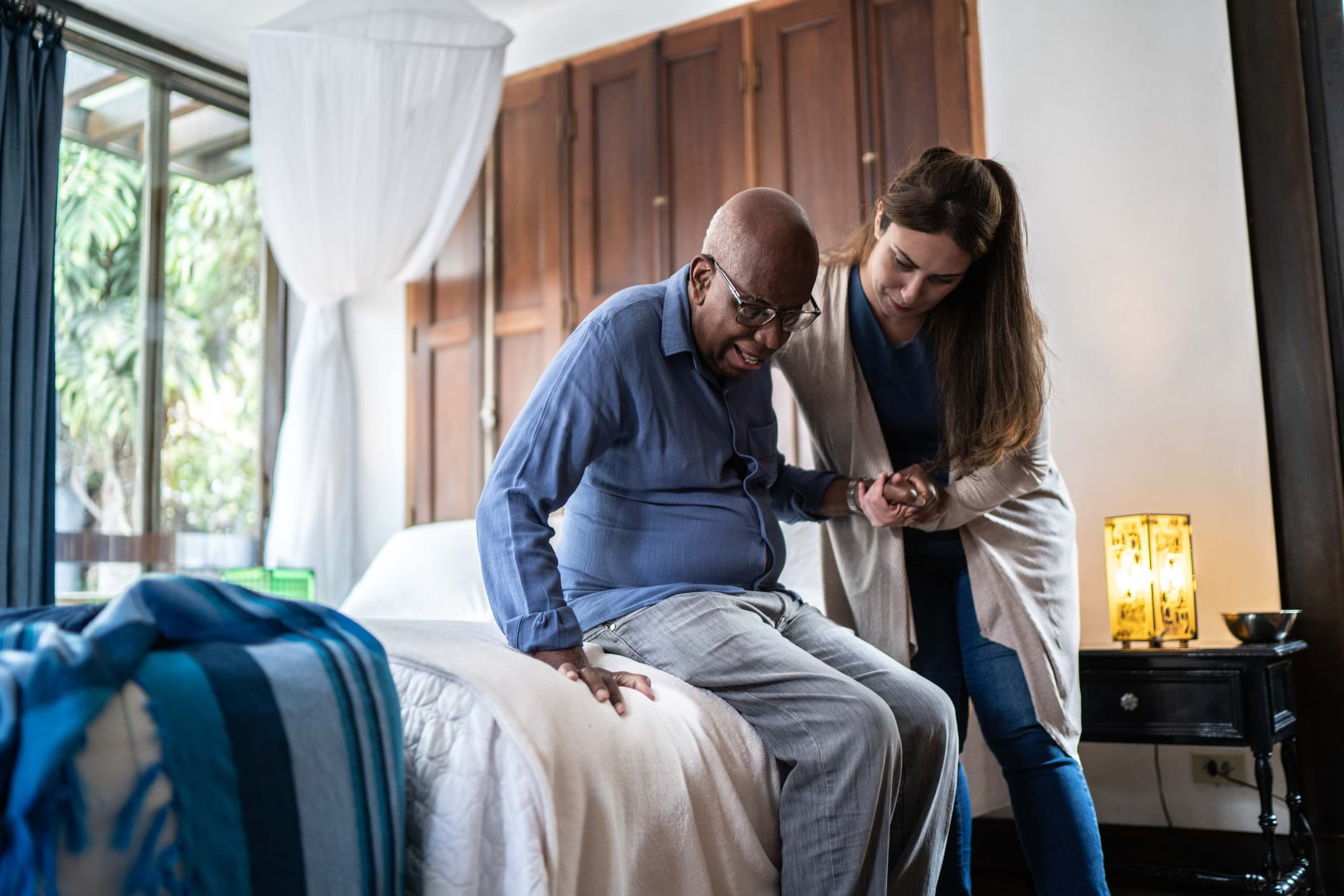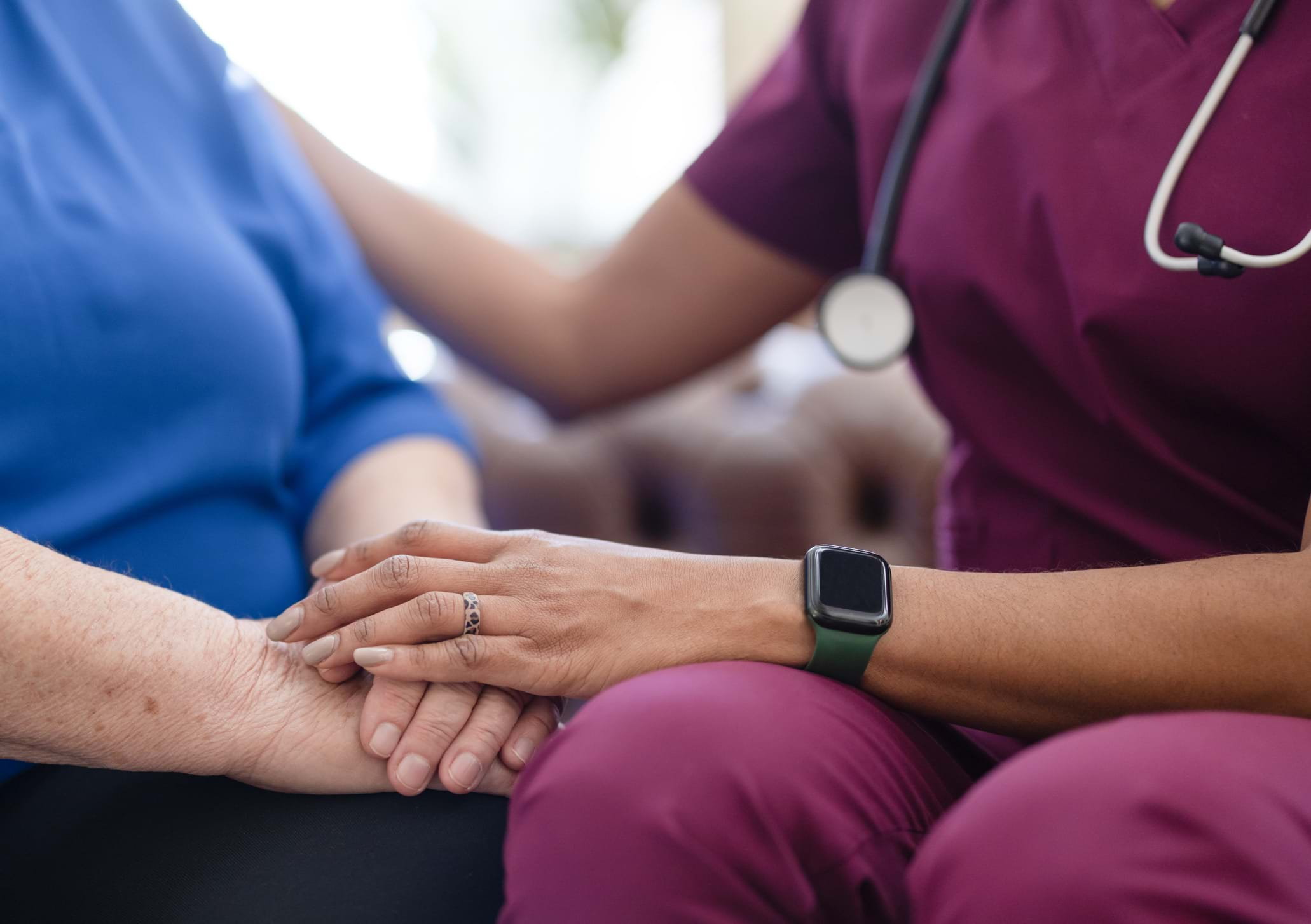A Bureau of Labor Statistics report revealed that across all industries, 33 of 10,000 full time workers suffered from overexertion injuries. However, this type of injury doubled when looking at hospital workers – and more than tripled for employees working in long-term care facilities. In long-term care facilities, this heightened rate of injury is attributed to the fact that healthcare workers are often responsible for the lifting, repositioning or moving of their residents.
A frequently cited study by the U.S. Department of Labor and the Occupational Safety and Health Administration (OSHA) found that in an eight hour shift, the average weight lifted by a nurse is about 1.8 tons. Repeatedly lifting this amount of weight in an improper manner can lead to a variety of injuries, including sprains, strains and tears.
To reduce the risk of injury to caregivers and residents, healthcare facilities must ensure that all employees are properly trained in safe patient handling techniques:
- Utilize equipment: All employees should be taught to properly utilize mechanical lift equipment to help ease weight burdens. This type of equipment is safer for employees, but is more secure for the patient, as well. Staff should not only be instructed on the functionality of the equipment, but should also be educated on when to use specific devices and how to properly assess the resident’s condition beforehand. The cognitive status, mobility and the size and weight of the resident should always be taken into consideration first.
- Proper body mechanics. Even when utilizing lift equipment, proper body mechanics are still necessary for healthcare workers. Staff should be taught to always keep a wide leg base with the resident directly in front of them to avoid rotating the spine, and to hold the resident as close as possible to minimize strenuous reaching. In addition, slow and steady movements will help to avoid startling or hurting the resident.
- Designate peer mentors. When proper safe patient handling education is administered, there will be veteran employees who truly understand and adhere to safety protocols. Veteran employees should be identified and paired with newer employees who do not have the same skilled understanding of proper handling techniques. By serving as mentors, these individuals can ensure that their peers are moving and lifting residents correctly and also provide ongoing training to the rest of the workforce.
Having an employee hurt or injured on the job can not only adversely affect your workforce and employee morale, but it can have a negative impact on overall patient care and can even damage your company’s bottom line. In a 2011 study, OSHA reported that 25 percent of workers compensation claims in the healthcare industry resulted from patient handling injuries, further proving how crucial safe patient handling education is in healthcare institutions. To mitigate risk, organizational leadership and nurse managers should ensure that safe patient handling remains a priority. Guidelines should be set and staff members should be trained and re-trained to ensure they’re fully comfortable with equipment and body positioning.

Philadelphia, PA, 19102




EB.jpg)


